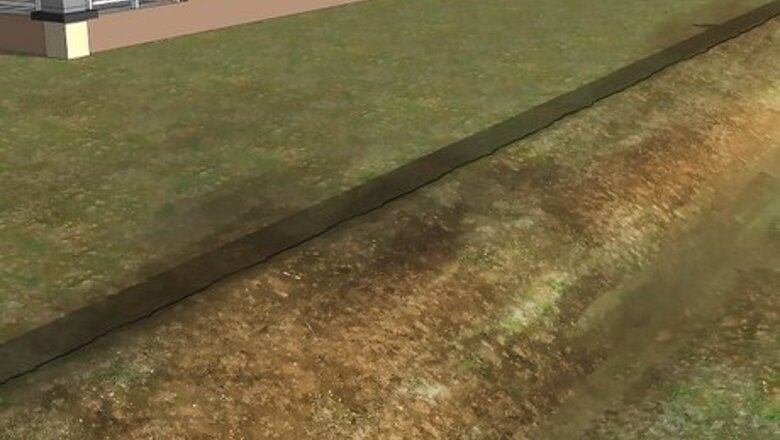
views
- Berms are raised mounds of soil that add visual variety to your yard and divert water runoff to improve drainage.
- Lay out your berm design in an area that’s 4 times as long as it is wide in your yard. Dig up the grass and topsoil so you have a flat dirt surface to start.
- Build your berm with a base of fill soil, a layer of clay soil as the next layer, and a final layer of topsoil. Then, add plants to your berm to prevent erosion.
What are berms?
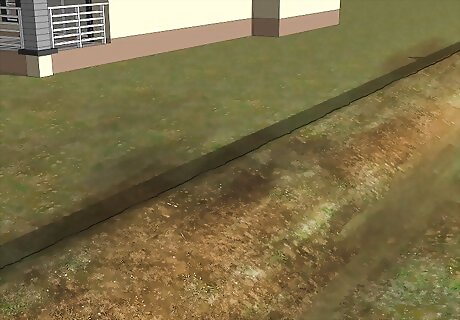
Berms are rounded mounds of dirt built on flat ground. Berms tend to have a gentle slope that smoothly transitions into your landscaping. Many homeowners and landscapers use berms to break up flat areas in their yard so it looks more aesthetically pleasing, but they may also help direct water runoff to prevent puddles or standing water. You can build berms in a variety of ways, so some may look like a long raised mound while others may have a kidney-bean shape.
Making a Landscape Berm
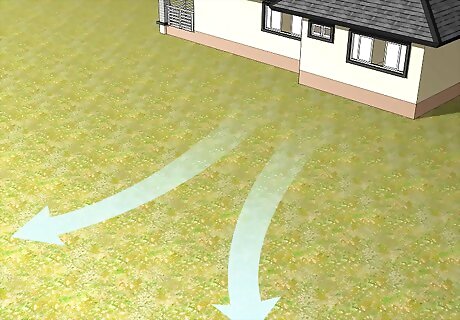
Find a spot for your berm where water drains away from your home. Since berms can redirect water and could cause puddling in low spots of your yard, you may need to fix the drainage problems before you build. When it’s raining, check where the water runs off or pools up in your yard. When you’re planning out your berm, either fill in a low spot to help water spread evenly across your yard or find a place where water won’t run back toward your home’s foundation. If your yard has multiple spots where water pools, you may need to dig swales, which are channels at the bottom of your berm to collect water away from your home. If you’re making a rain garden, it’s okay to build a berm at the bottom of a downhill slope to direct water back toward your plants. If you’re not sure how the water drains on your property, contact a landscaping professional to assess your yard. Let them know that you want to build a berm so they can tell you the best spots to place them so stormwater still properly drains.
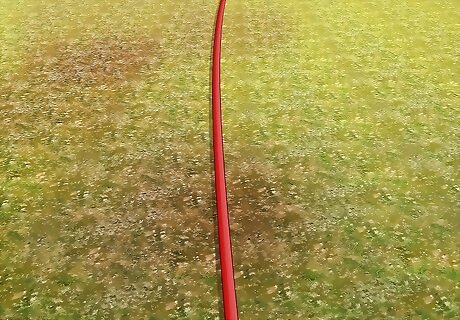
Lay out the shape of your berm with a garden hose. Take out a long garden hose and create the outline for your berm. As a guideline, keep the berm about 4–6 times as long as it is wide. Feel free to experiment with a few different shapes and positions to see what you like the most, but your berm will look best when it follows the natural curve or shape of your yard. Once you’re happy with the shape, spray paint the outline to mark it on your yard. If your berm is 2 feet (61 cm) wide, then aim to make it about 8–12 feet (2.4–3.7 m) long. Many berms form straight lines along the edge of your property line, but they also look great when they’re shaped like a kidney bean in the corner of your yard.
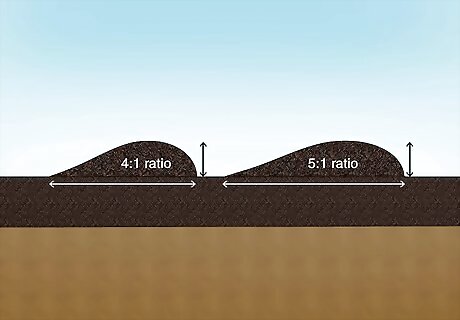
Create a gradual 4:1 or 5:1 slope to height ratio. Taper your berm so it’s 4 or 5 times as wide as it is tall. That means if your berm is 1 foot (30 cm) tall, then the slope will taper out at least 4 feet (1.2 m). Keep your berm shorter than 24 inches (61 cm). This helps prevent your berm from eroding due to water runoff, plus it makes it easier to mow. Try an asymmetric appearance for your berm to add more visual interest. Use a slope ratio of 3–5:1 on the back side of the berm and a gentler ratio of 5–7:1 on the inside. If you’re building your berm to hold water inside of a rain garden or around a tree, then it’s okay to use a 2:1 slope instead.
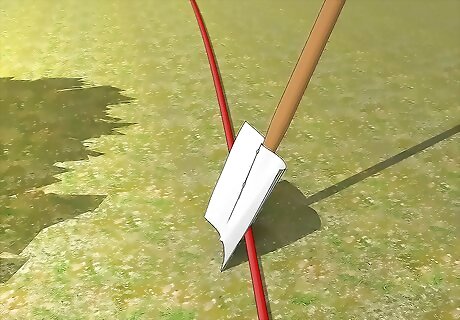
Dig up the grass from the area. Use a shovel or spade to cut into the grass along the edges of your berm. Remove the grass to expose the topsoil underneath. Then, drag a rake across the newly exposed soil to rough up the surface and create a stronger bond with the next layer of soil for your berm. If the topsoil is uneven or bumpy, level the area so you have a flat starting surface. If you’re planning on laying sod, save the grass you just dug up so you’re able to use it again on the finished berm.
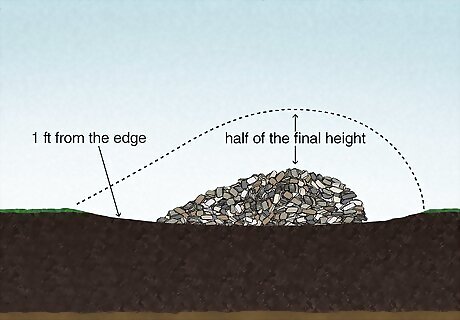
Build out the base of your berm with fill dirt or gravel. Use a shovel or wheelbarrow to pour in 3–4 in (7.6–10.2 cm) of fill dirt or landscaping gravel at a time. Spread the fill into the shape of your berm with a rake, leaving about 1 ft (30 cm) of space from the marked edges. Then, stomp on the fill or use a tamper to compact it. Add more fill to the middle and use less as you get closer to the edges to create a gentle slope. Continue adding fill in layers until it’s just under half of the final height of your berm. Fill dirt and gravel is usually cheaper than topsoil, so it helps you save money as you build out your berm. Soil could erode or wash through gravel if you don’t tamp it down, so make sure it’s compacted tightly before you move on.
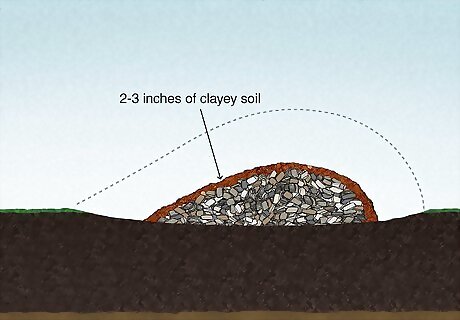
Layer 2–3 in (5.1–7.6 cm) of clayey soil over gravel fill. Clayey soil doesn’t allow water to soak through it, so it helps prevent loose dirt from eroding from your berm. Pick some up from a landscaping store, and use a shovel to add the clayey soil over the dirt or gravel. Build up more soil at the peak of your berm and add less around the edges to maintain a gradual slope. Use your feet or a tamper to tightly compact the clay layer so water runs off down the slope without washing away any of the soil. If you only used compacted fill dirt to build up your berm, you do not need a clayey soil layer. Fill soil doesn’t have as many gaps as gravel, so it won’t wash away as long as you compact it.
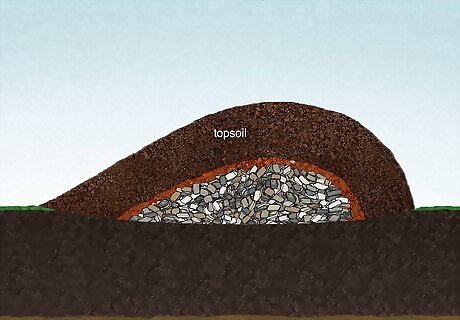
Add a 1 ft (30 cm) layer of topsoil to your berm. Spread out a layer of fresh topsoil over the entire berm, mixing it with the top 2–3 in (5.1–7.6 cm) of the clay or fill. Smooth out the top soil so the center of your berm is the tallest and makes a gradual slope that smoothly transitions into your yard. If you dug up any topsoil when you started building your berm, shovel it back on top of the fill.
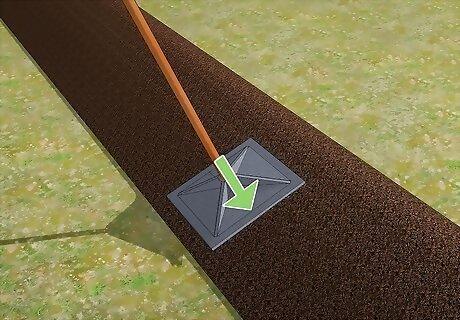
Compact the topsoil with your feet or a tamper. Stomp on the topsoil to pack it down against the berm and create a smooth surface. Alternatively, press down with a tamper until the topsoil is flat. The berm will naturally settle over time as water seeps through it, compacting it manually will help prevent even more erosion. Create a flat top to help reduce runoff and provide more water to plants that you want to grow on your berm. Do your best to avoid compacting the soil along the edges of your berm so water can easily drain out. If it’s already compacted, loosen the soil by digging 8 inches (20 cm) deep to improve drainage.
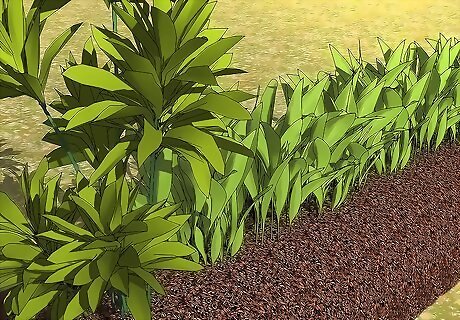
Plant on your berm to prevent erosion. Choose a variety of native shrubs, trees, and flowering plants to add to your landscaping on your berm. Try putting the shorter plants on top of your berm so they’re more visible, and space them out in an irregular pattern so they look like natural growths rather than planted rows. Add as many plants as you want so the roots hold onto the soil and prevent your berm from eroding even more. If you don’t plant anything on your berm, then the soil could erode or wash away during a heavy rainstorm. Try adding ground cover plants, like lamb’s ear or creeping jenny, to the slopes of your berm to help catch water before it runs off.
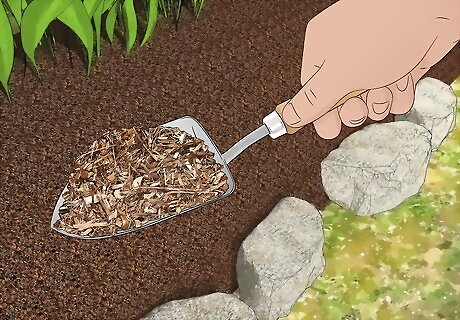
Top your berm with mulch, garden rocks, or sod. After you put in all the plants that you want on your berm, apply mulch in a 2–3 in (5.1–7.6 cm) layer on top to retain moisture and prevent runoff. Alternatively, cover your berm in landscaping stones or put back the pieces of sod you removed earlier so the topsoil isn’t exposed. After you finish covering the ground, you’re finished building your berm!
What are berms used for?
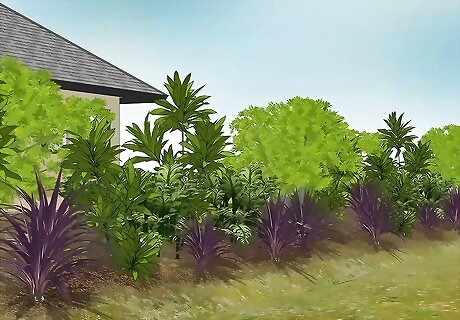
Landscape design Berms can help add variety to your yard and landscaping design rather than only having flat ground. They’re also great for marking the edges or corners of your property to make your yard feel more enclosed. Since berms are really similar to raised garden beds, they’re perfect places for adding more greenery with a few plants and trees.
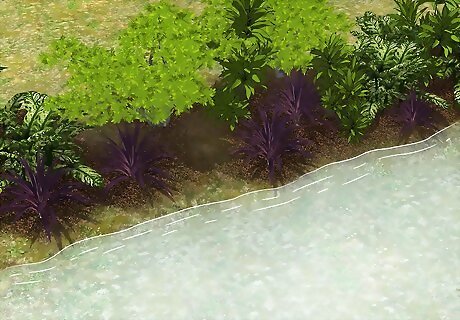
Water diversion Rather than letting water puddle or pool in low spots of your yard, building a berm directs runoff down the slope. If you build multiple berms, the water will flow into the channel between them instead of spreading throughout your yard. If you live in an area that gets a lot of rain, a berm can help draw water away from your home so it doesn’t damage the foundation. Berms can also help retain water if you build them on the bank of a pond or along the shoreline if you live on the coast.
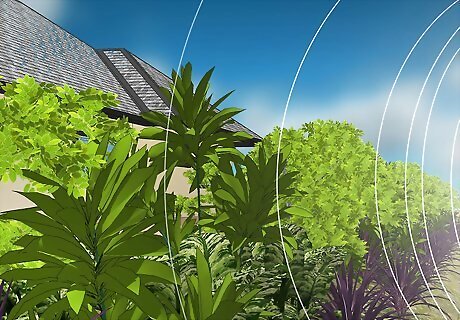
Noise barriers If you live next to a busy street, highway, or railroad track, a berm can help cut down on all the noise from traffic. Put your berm along your property line and plant trees or a hedge to muffle all the noises from the other side.
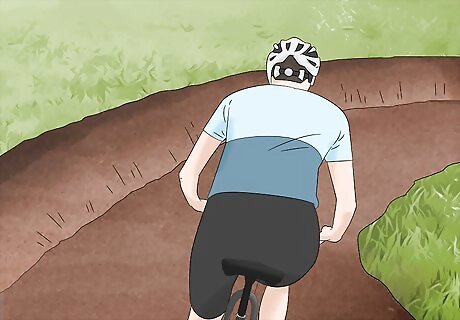
Mountain bike trails If you’re trying to make a sharp turn while mountain biking, a berm helps you maintain all your momentum around the curve. Unlike landscaping berms, mountain biking berms have banked sides to help you turn a corner. These berms are usually made of solid dirt, but they may have a paved or finished surface so you have a smoother ride.



















Comments
0 comment